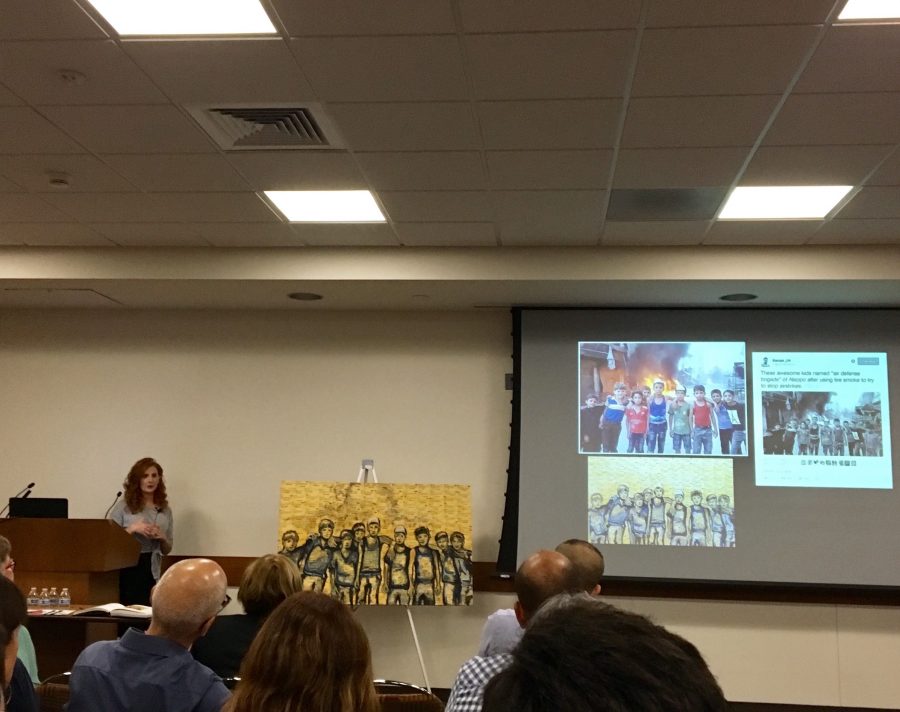
In June of 2011, a group of dedicated role-playing game fans set out to do something relatively common in the media industry: demand more from content providers. In this case, the content provider was Nintendo and in question were three Japanese role-playing games for the Wii— “Xenoblade Chronicles,” “The Last Story” and “Pandora’s Tower.” The games were slated for European release in 2011, but Nintendo displayed no plans to ship the games stateside.
Enter “Operation Rainfall.” What started as an Internet campaign evolved into a movement in which those involved lobbied Nintendo tirelessly, hoping for a chance to play these highly anticipated games. Last December, Nintendo announced “Xenoblade Chronicles” would be released in North America in 2012. In February, it was announced the XSEED release of “The Last Story” would be arriving stateside. The caveat was the versions released in the U.S. would be the European ones, with the cast of European voice actors and non-localized spelling (colour vs. color), not that it was an issue, though.
“Xenoblade Chronicles” came out in April, and “The Last Story” was released on Aug. 14. There has been no word yet on a release
for “Pandora’s Tower.”
While it’s great to see fans getting what they want, it’s easy to question what the release of two niche games for a dying console really means. The answer is actually more multi-faceted than one might expect.First and foremost, there are the fans. Cult classics are classics for a reason, but they generally stay untouched for decades and only become popular after the fact. For every “Chuck,” “Firefly” and “Arrested Development,” there are dozens of television shows and other media adored by somewho never see more than a single season or brief release. To some degree, fans were able to save the aforementioned shows, but the success stories are few and far between. Despite the infrequency of such shows, they do have a major impact. When fans show such strong support, companies pay attention, increasing the chances of fans getting what they want.
Also, there is the effect that these releases have on the art of the JRPG. Both games, without question, are triumphs. “Xenoblade Chronicles” is a modern classic and it breathes new life into the genre. The old conventions of sluggish in-game travel, save points and tedious character management are all gone, replaced with a modern, streamlined game design. The battle system combines all of the best innovations the genre has seenthis generation, while consistently introducing new mechanics to keep things fresh. Also, the story (arguably the most important part of the JRPG) is excellent, though its structure remains relatively traditional.
“The Last Story” is also fantastical, though it does fall prey to some old genre conventions, such as save points and occasionally one-dimensional character arcs. However, the pedigree behind the game is no joke. “The Last Story” was developed by Mistwalker, which consists of Hironobu Sakaguchi, the original creator of the legendary “Final Fantasy” series, and world-famous composer Nobuo Uematsu, known for the same franchise. These are two titans who shaped the genre and their latest offering does not disappoint.
Finally, these releases have a great importance for the Wii’s legacy. Known mostly for casual games and shovelware, the Wii’s waning days are now defined by two of the greatest games of this generation. While it can be argued these games leave some wanting for high-definition graphics and perfect frame rates, many see the Wii as a console for leaving that behind and focusing on what matters: gameplay. With the WiiU looming above the horizon, these releases are a perfect swan song for a console that has been intensely polarizing since its release.
Do yourself a favor and pick up “Xenoblade Chronicles” and “The Last Story” and celebrate the final days of the Wii. These are two tales you don’t want to miss.






